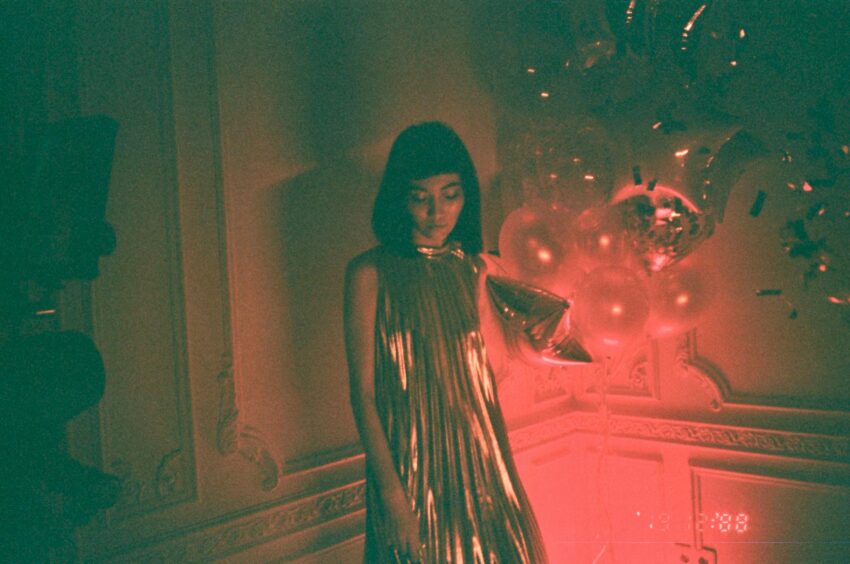Psychedelic art and music are fascinating spheres of creative expression that broke into mainstream culture in the late 1960s. Stemming from the counterculture movement, their popularity has grown over the decades, leaving a profound and often ‘trippy’ impact on our perception of art, music, and the human mind.
Psychedelic art captures the kaleidoscopic swirl of colors and distorted visuals that many describe as a spiritual journey, often associated with psychedelic substances. In contrast, psychedelic music, particularly psychedelic rock, encapsulates the eclectic sounds produced to echo and complement this journey.
A crucial aspect of psychedelic art is the visuals. These are often distorted and abstract, featuring spiraling patterns, vivid colors, and intricate, surreal imagery. The aim is to reflect the hallucinogenic or ‘trippy’ experiences and the altered states of consciousness often associated with psychedelic substances.
Think of it as a voyage through the quirky corners of the mind, breaking the barriers of conventional thought, and nurturing an unconventional perspective on reality. Renowned psychedelic artists such as Peter Max and Mati Klarwein have created soul-stirring pieces that challenge our perception while tapping into the psyche’s intricacies.
Album covers, posters, and concert flyers became platforms to showcase psychedelic art during the 60s and 70s. Artists such as Stanley Mouse and Alton Kelley, part of The San Francisco Five, revolutionized the art seen on rock album covers. Together, they created some of the most iconic psychedelic art tied to music, including psychedelic rock albums for Grateful Dead and Journey.
Parallel to psychedelic art, psychedelic music and especially rock, created a new soundscape. Distorted guitar riffs, keyboard solos, and lyrics depicting a spiritual journey became prominent features. Bands such as The Beatles, Pink Floyd, and The Doors led the way, creating music that reverberated with the ethos of a generation seeking a road less traveled.
The surreal soundscapes of Pink Floyd’s ‘Interstellar Overdrive’ or the microtonal melodies in The Beatles’ ‘Tomorrow Never Knows’ encapsulated the tremendous capacity of psychedelia to deploy music as a vehicle for exploring inner space. These sounds, accompanied by psychedelic-inspired album covers, formed a multisensory experience that transported the listener into an immersive world.
However, it’s not just the 60’s and 70’s – modern psychedelic rock bands like Tame Impala have continued to walk down the trippy lane with their experimental, hedonistic sounds. Kevin Parker’s abstract, complex compositions reflect a modern understanding of the spiritual journey, backed by visuals that are equally intriguing and artistic in intent.
Apart from music and visual art, technology has found its way into this vibrant world. Liquid light shows, which are projected onto screens during concerts, have become a common feature of the psychedelic music scene, creating a stunning marriage of music and visuals. Moreover, digital platforms have brought motion graphics and animations into the mix, enhancing the psychedelic experience in ways that would have seemed almost mystical half a century ago.
In conclusion, the entwining relationship between psychedelic art and music has manifested a distinctive form of creative expression. The trippy visuals and transcendent music have changed how we perceive art, drawing us into a world of abstract thought and altered realities. It’s artwork that takes us on a spiritual journey, music that transcends ordinary soundscapes, reflecting the profound capacity of human imagination.
Indeed, the psychedelic era channels a versatile, vivid, and quite often, a valiant exploration of the mind. The art encapsulates a spiritual journey, and the music provides the rhythmic roadmap to guide us there. Together, they form an integral segment of creative expression, reminding us of the limitlessness of the human mind when allowed to roam beyond the boundaries of the mainstream. These psychedelic torchbearers continue to inspire artists, musicians, and thinkers across the world, pushing the envelope of what is known, to explore the uncharted lands of creative expression.
